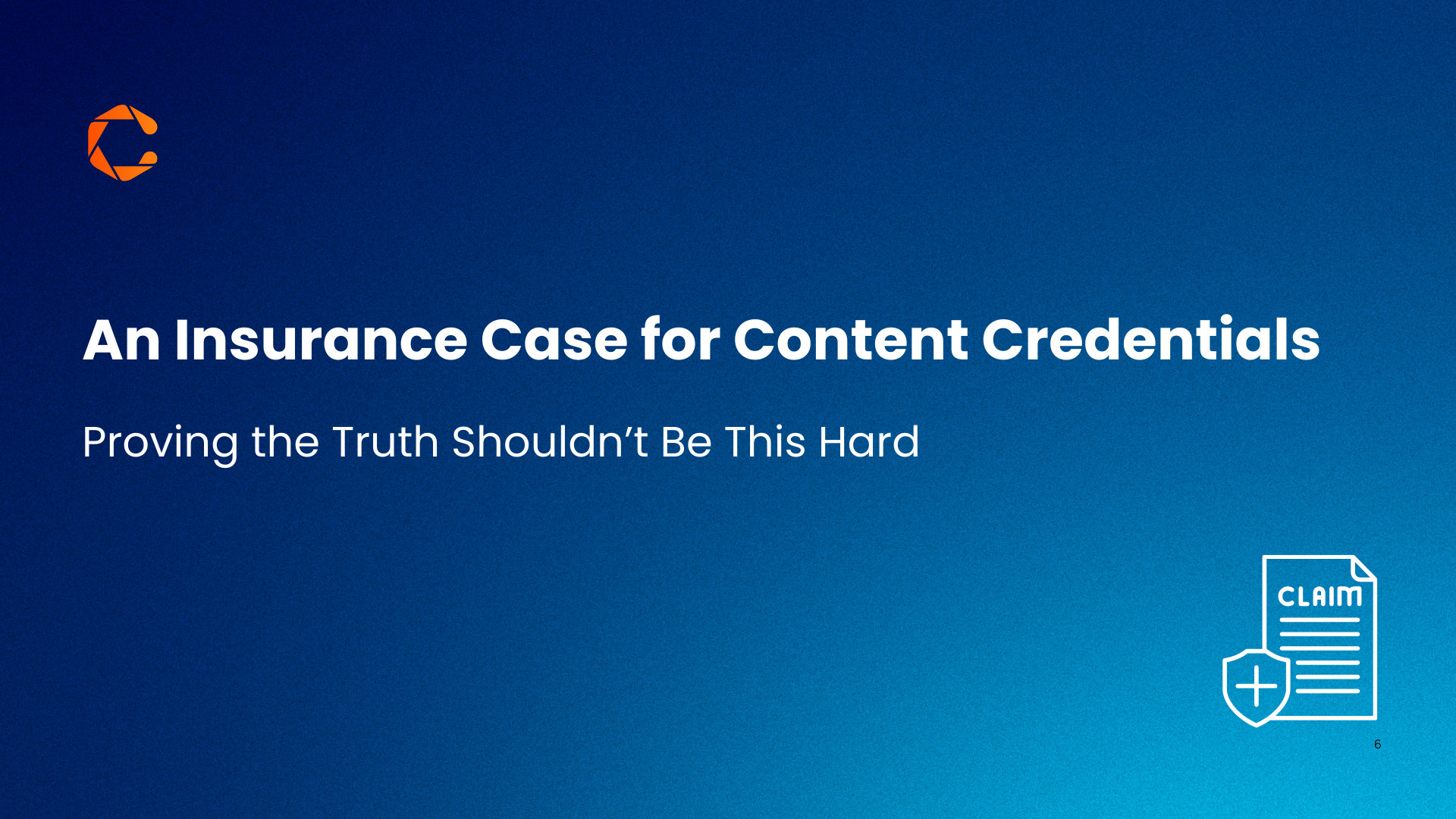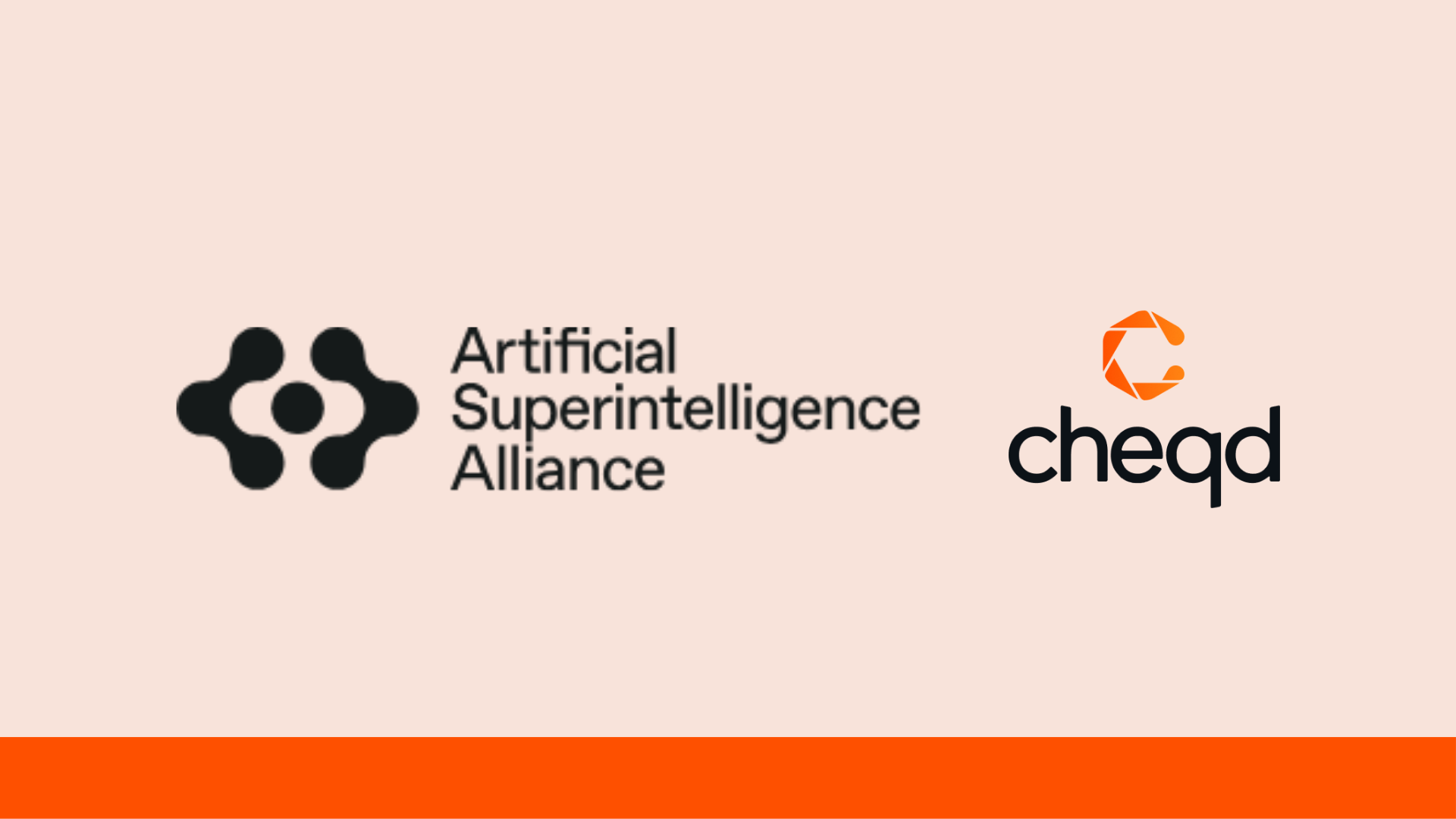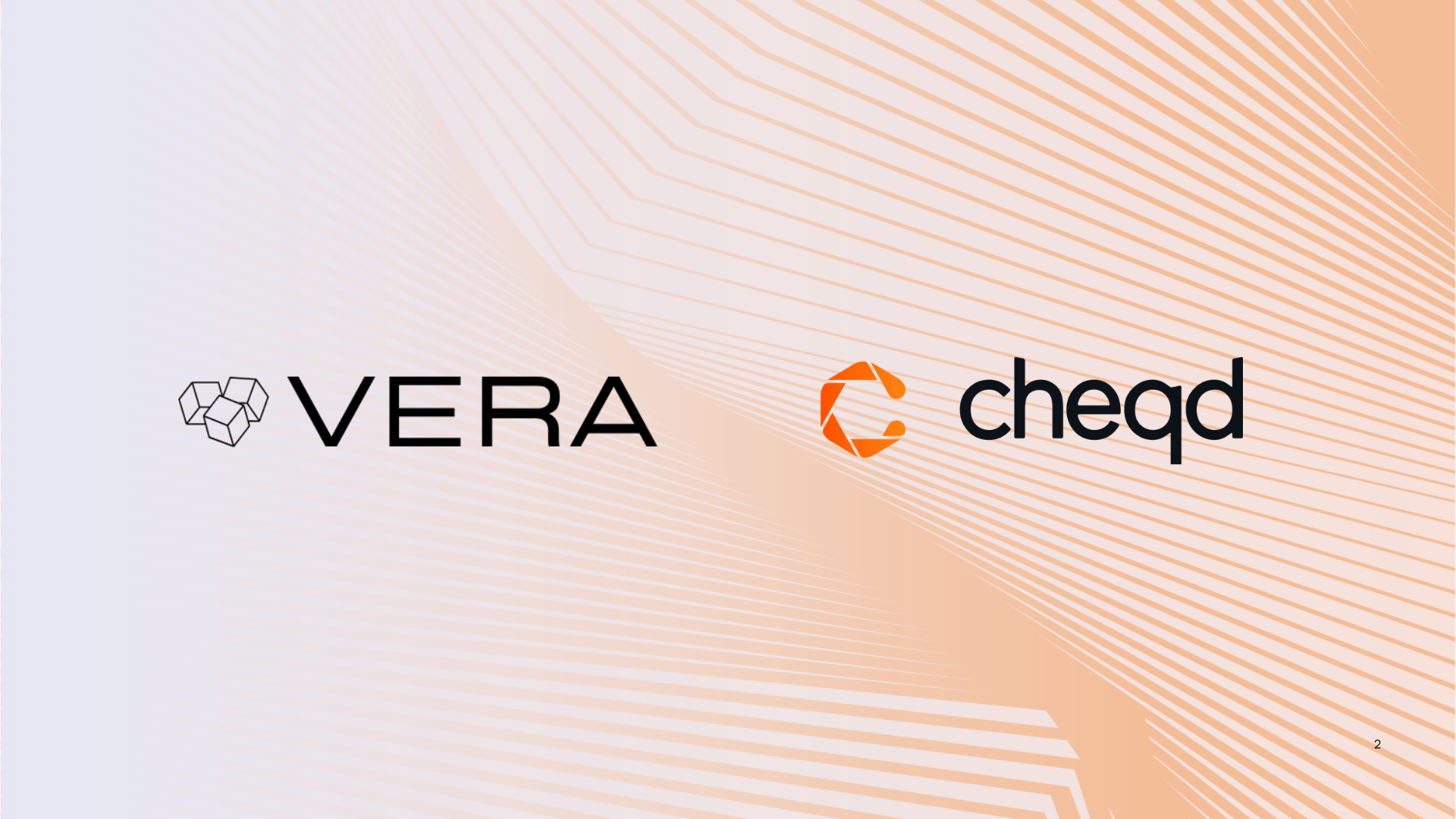
Proving the Truth Shouldn’t Be This Hard – An Insurance Case for Content Credentials
How a 14-min gap nearly cost me everything. The need for content credentials. Introduction A lot of data about us is generated every day, either
From Web3, Trusted Data Markets, Soulbound tokens, self-sovereign identity (SSI), decentralized identity, blockchain, governance, CeDeFi, technology delivery, and enterprise deployment – we provide our latest perspective and discuss all things digital identity.

How a 14-min gap nearly cost me everything. The need for content credentials. Introduction A lot of data about us is generated every day, either

We are excited to announce that cheqd is partnering with the Artificial Superintelligence Alliance (ASI), a collaboration between Fetch.ai, SingularityNET, Ocean Protocol, and CUDOS, to

Learn how easy it is to prove your content ownership and then sell it. The Challenge of Proving Content Ownership Since generative AI was developed,

The Verifiable AI Hackathon 2025, hosted by cheqd in collaboration with Dorahacks, Verida, and Sprite+, brought together builders, developers, and visionaries working at the intersection

The partnership brings cheqd’s decentralised identity infrastructure to VERA’s encrypted B2B messaging platform, enabling instant, verified communication for companies in South Africa and globally. VERA,

London, UK, (May 28 10AM BST): Creds, a reputation platform built by cheqd.io that allows players to own and transfer their in game achievements, partners
Select your language to view our content